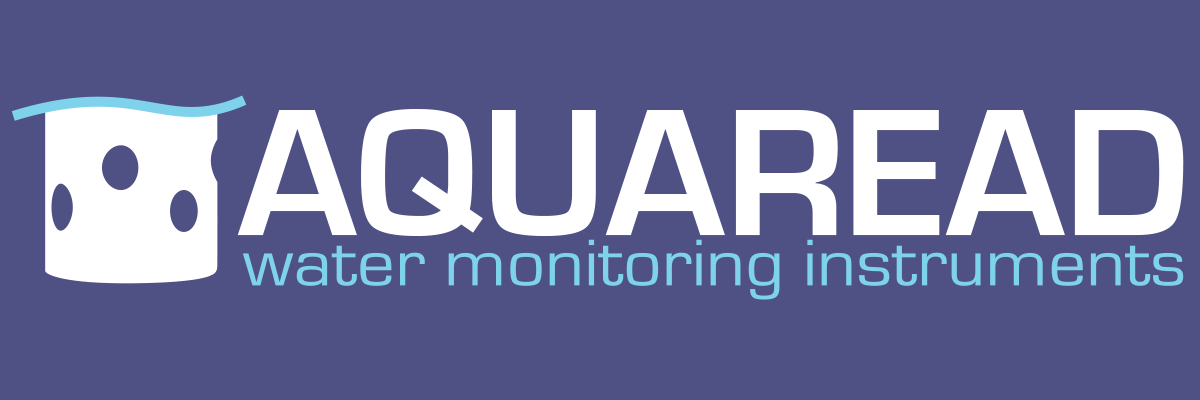A Dutch certification body, UTZ has proposed a new water treatment programme. The programme claims to purify water. Sebastián Mairena, coffee grower in Nicaragua Matagalpa admitted to feeling a little sceptical when he first heard of the water treatment programme. He said, ‘I thought, ‘I’ll believe it when I see it’.
The technology is being part funded by Hivos, the Dutch government’s Global Sustainable Biomass Fund and development charity. It works by transferring wastewater from the pulping process into a 20 cubic metre collection tank, where a mesh gauze filters out the largest pieces of solid waste, and according to Leonardo Sánchez the director of Costa Rican environmental consultancy, Acres, hydrolysis begins which results “in the initial decomposition of complex organic and inorganic substances”.

Afterwards, the wastewater is transferred to the main digester. This contains a thick layer of animal manure. The bacteria produced by the dung gradually decomposes any organic matter left. According to Leonardo Sánchez, “the bacteria feed on the contamination found in the coffee wastewater, which they eat and transform into a product they then excrete. Through this process of transformation, the bacteria takes the energy it needs to live, move and multiply”.
After 12 hours, the treated effluent is deposited in a compensation tank. It is then taken to the coffee cooperative’s existing lagoons. According to Sebástian Mairena’s younger brother Marvin, in the first year and just the second harvest using the biodigester, they saw the system reduce the levels of contamination by 81.3%. This is a vast improvement on any previous attempts they have made to purify the water.
The UTZ pilot programme at the Mairena farm also includes the recirculation of water during the pulping process. This reduces water loss, which is crucial in a time of water crises. According to Marvin, the brothers used to use “around 1,500 litres of water per quintal of pre pulped coffee”, now they only use “between 240 and 250 litres”.
It’s certainly unusual technology, but it seems to have had a very positive effect for the Mairenas. What do you think? Are you interested in how they test water quality? If so, have a look at our water monitoring equipment.
